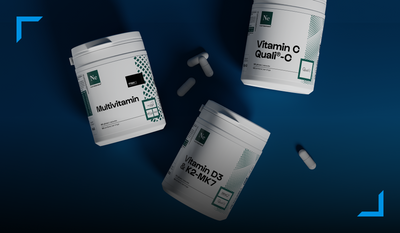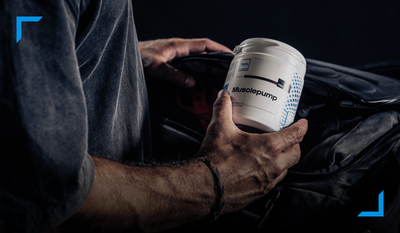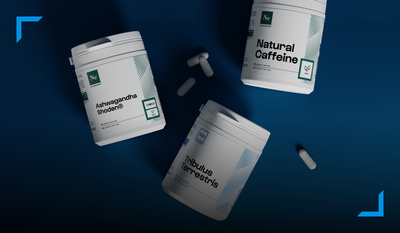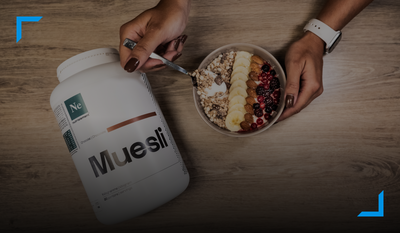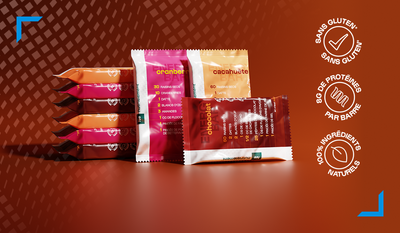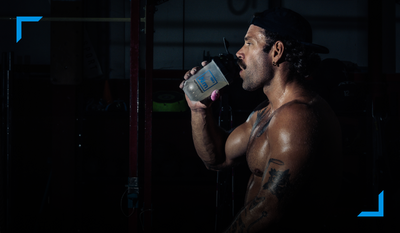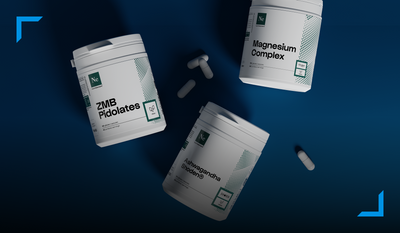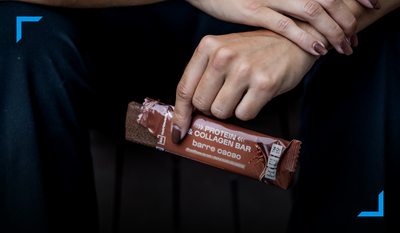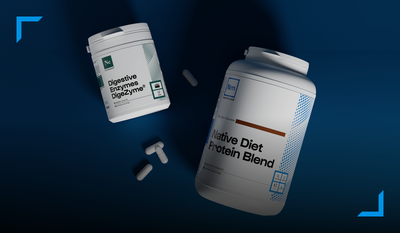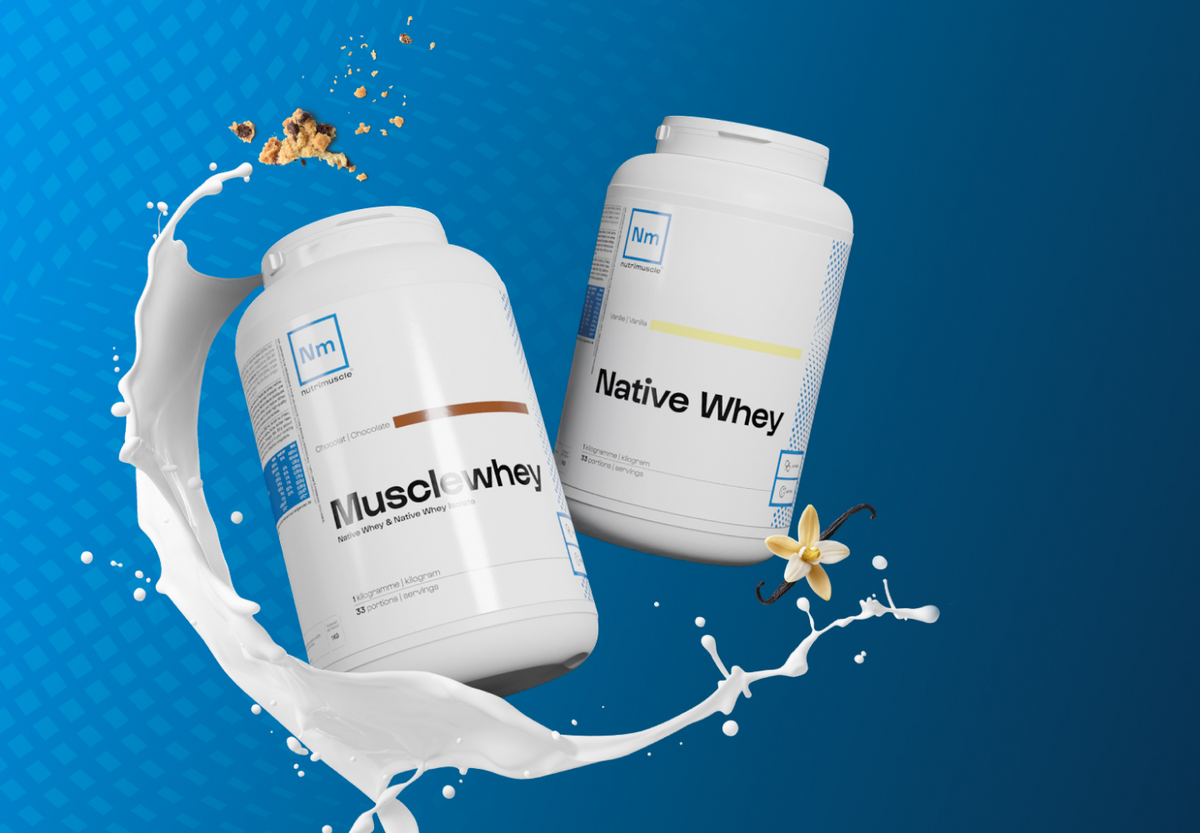0 commentaires
Native whey is the first food supplement recommended for beginners in bodybuilding. Effective and practical to take with you, it meets many sporting objectives. But what is native whey, and what are the differences between wheys? Nutrimuscle tells you everything there is to know about native whey, from its benefits to its dosage.
What is native whey?
Native whey is a high quality protein obtained from fresh milk. It is considered a native protein because it is extracted without harsh chemical or heat treatments. Unlike other forms of whey, native whey maintains the integrity of its nutrients through a low-temperature manufacturing process.
Its high protein content makes it a popular choice among bodybuilders and athletes. It contains all the essential amino acids necessary for muscle building and repair. It is therefore a complete source of protein.
In addition, native whey is quickly absorbed by the body, making it an ideal post-workout.
Native whey is also appreciated for its purity and digestibility. Its manufacturing being more delicate, it has less lactose and fat than other proteins.
The benefits of native whey for bodybuilding and maintaining muscle mass
Native whey offers many benefits for bodybuilding and maintaining muscle mass. Here are the main advantages of native whey in the field of bodybuilding:
85% pure protein intake: Native whey is a high-quality protein source, containing all the essential amino acids necessary for building muscle. Protein is the building block of muscle, and adequate protein intake is essential for muscle growth and repair.
Rapid digestion and absorption: Quickly digested and absorbed by the body, it is an ideal post-workout protein source. Indeed, during this period, the muscles are more receptive to nutrients. The rapid protein intake from native whey stimulates muscle protein synthesis and promotes muscle recovery.
Fight against muscle catabolism: Native whey reduces muscle breakdown, particularly when consumed before or after exercise. It provides a constant flow of amino acids to muscles, helping to preserve muscle mass and minimize catabolism.
Increases muscle mass: By supporting muscle growth and fighting against catabolism, native whey contributes to muscle development. It increases lean mass while accelerating fat loss.
Practicality and variety of use: Native whey is available in powder form, which makes it easy to consume and integrate into different types of drinks and recipes. It can be mixed with water, vegetable milk, or incorporated into culinary preparations such as pancakes, protein bars and smoothies.
Native whey vs whey isolate: what is the difference?
Native whey and whey isolate are two types of protein powders derived from whey, but they differ in their manufacturing process. Here are the main differences between native whey and whey isolate:
Manufacturing process
Native whey is obtained from the gentle filtration of fresh milk. This process uses low temperature filtration techniques to preserve protein structure and integrity. In contrast, whey isolate undergoes an additional filtration process to remove more fat, lactose, and other non-protein components. This leads to a purer, more protein concentrated protein powder.
Protein content
Native whey generally contains a slightly lower protein content than whey isolate. Both types of whey remain good sources of protein, but whey isolate promotes controlled mass gain more.
Amino acid profile
Native whey and whey isolate have similar amino acid profiles. Indeed, they are both rich in essential amino acids. These are necessary for muscle building and recovery. However, native whey may contain a slight variation in amino acid concentration due to its less filtered manufacturing process.
Digestibility
Whey isolate is generally considered more easily digestible than native whey due to its reduced lactose and fat content. This type of whey may be ideal for people with digestive sensitivity or lactose intolerance.
Price
Whey isolate tends to be more expensive than native whey due to its more delicate manufacturing process.
To find out more about the differences between native whey and whey isolate, you can consult our dedicated article.
How to choose your whey?
Although all wheys have a high protein level, some are more suitable for certain profiles (beginner, expert, specific diet). Certain criteria make it possible to sort between the different products existing on the market.
Determine your protein needs: Before you start taking native whey, it is important to determine your protein needs. To find out how to calculate your macronutrients, you can refer to our dedicated article.
Choose quality native whey: Make sure you buy quality native whey from a reputable source. Some wheys are made from cheese waste and filled with additives. Beware of cut prices and check the composition of the product and the aminogram.
Personalize according to your preferences: Native whey is available in different flavors, which allows you to vary the pleasures. It can also be consumed in multiple ways: mixed with water, milk, smoothies or incorporated into protein recipes.
When is the best time to consume whey?
The best time to take whey depends on your workout goals and routine. Here are some key times when taking whey can be beneficial:
Post-workout: It is recommended to take whey immediately after a workout. During this time, muscles are in a state of recovery and need nutrients for muscle repair and growth. Whey is quickly absorbed by the body, making it an ideal option for providing essential amino acids to muscles. Mix your native whey with water or milk and consume it within 60 minutes of your workout.
Before training: Taking whey before a workout helps increase protein intake and promote protein synthesis during exercise. This helps combat muscle catabolism during intensive training.
Between meals: Native whey can be used as a snack to maintain a consistent protein intake throughout the day. Indeed, it is difficult to achieve the necessary protein levels through diet alone. Taking whey between meals helps supplement this intake.
Morning: Taking it in the morning stimulates protein synthesis after a night of fasting. This helps start the day with a high-quality source of protein.
What you must remember
Native whey is a high-quality protein extracted from fresh milk, which offers many benefits for bodybuilding practitioners. It contributes to the development and maintenance of muscle mass thanks to its protein and essential amino acid content. Its speed of absorption makes it an ideal option for the post-workout period, thus promoting muscle recovery and protein synthesis.
To make the most of the benefits of native whey, it is recommended to consume it post-workout. However, it can also be consumed at other times of the day to supplement protein intake.
By integrating native whey into your dietary program, you can optimize your bodybuilding results and maintain healthy muscle mass.




